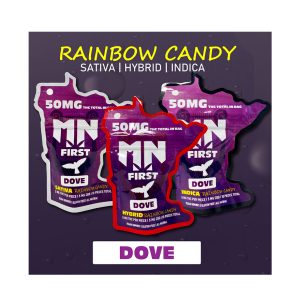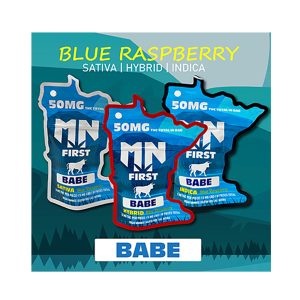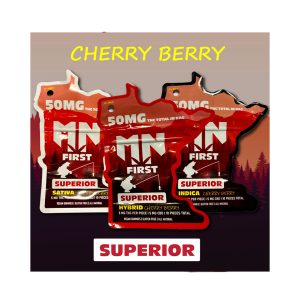**History and Development of HTML**:
– Tim Berners-Lee proposed ENQUIRE in 1980 at CERN.
– Berners-Lee wrote a memo proposing an Internet-based hypertext system in 1989.
– HTML Tags document by Berners-Lee in 1991 described 18 elements.
– HTML was influenced by SGMLguid and ISO technical report TR 9537.
– HTML was formally defined by the IETF in 1993 and later maintained by the W3C.
– HTML 2.0 was published in 1995 as RFC1866.
– HTML 3.2 dropped math formulas and adopted Netscape’s visual markup tags.
– HTML 4.0 was published in 1997 with variations like Strict and Transitional.
– HTML 4.01 was reissued in 1998 with minor edits.
– ISO/IEC 15445:2000 based on HTML 4.01 was published as an international standard in 2000.
**HTML Elements and Structure**:
– HTML elements are the building blocks of web pages.
– Tags like img and input introduce content directly.
– Tags like p and h1 provide structural semantics.
– Browsers interpret HTML tags to display content.
– HTML can embed scripts like JavaScript and styles using CSS.
– Consists of elements enclosed in tags.
– Tags represent structural meaning.
– Elements can have attributes.
– Tags can be nested.
– Document structure defined by elements like ,
**HTML5**:
– HTML5 is used for multimedia content with canvas and JavaScript.
– Development on HTML5 began in 2004 under WHATWG.
– HTML5 became a joint deliverable with the W3C in 2008.
– HTML5 was standardized on October 28, 2014.
– HTML5 encourages the use of CSS for styling over presentational HTML.
**HTML Version Timeline**:
– HTML 2.0 was published in 1995 with supplemental RFCs.
– HTML 3.2 was the first version solely developed by the W3C in 1997.
– HTML 4.0 was published in 1997 with variations like Frameset.
– HTML 4.01 was a reissue in 1998 and later published as a W3C Recommendation.
– ISO/IEC 15445:2000 based on HTML 4.01 was an international standard published in 2000.
**HTML Functionality and Importance**:
– Markup language for creating web pages.
– Supports multimedia like images and videos.
– Facilitates hyperlinks and forms.
– Allows for text formatting.
– Enables structuring content with headings, paragraphs, lists, etc.
– Foundation of web development.
– Standardized by W3C.
– Compatible with browsers.
– Facilitates SEO optimization.
– Responsive design supported through HTML5.
HyperText Markup Language or HTML is the standard markup language for documents designed to be displayed in a web browser. It defines the content and structure of web content. It is often assisted by technologies such as Cascading Style Sheets (CSS) and scripting languages such as JavaScript.
 The official logo of the latest version, HTML5 | |
| Filename extension |
|
|---|---|
| Internet media type |
text/html |
| Type code | TEXT |
| Uniform Type Identifier (UTI) | public.html |
| Developed by |
|
| Initial release | 1993 |
| Latest release | |
| Type of format | Document file format |
| Container for | HTML elements |
| Contained by | Web browser |
| Extended from | SGML |
| Extended to | XHTML |
| Open format? | Yes |
| Website | html |
Web browsers receive HTML documents from a web server or from local storage and render the documents into multimedia web pages. HTML describes the structure of a web page semantically and originally included cues for its appearance.
HTML elements are the building blocks of HTML pages. With HTML constructs, images and other objects such as interactive forms may be embedded into the rendered page. HTML provides a means to create structured documents by denoting structural semantics for text such as headings, paragraphs, lists, links, quotes, and other items. HTML elements are delineated by tags, written using angle brackets. Tags such as <img> and <input> directly introduce content into the page. Other tags such as <p> and </p> surround and provide information about document text and may include sub-element tags. Browsers do not display the HTML tags but use them to interpret the content of the page.
HTML can embed programs written in a scripting language such as JavaScript, which affects the behavior and content of web pages. The inclusion of CSS defines the look and layout of content. The World Wide Web Consortium (W3C), former maintainer of the HTML and current maintainer of the CSS standards, has encouraged the use of CSS over explicit presentational HTML since 1997.[update] A form of HTML, known as HTML5, is used to display video and audio, primarily using the <canvas> element, together with JavaScript.





